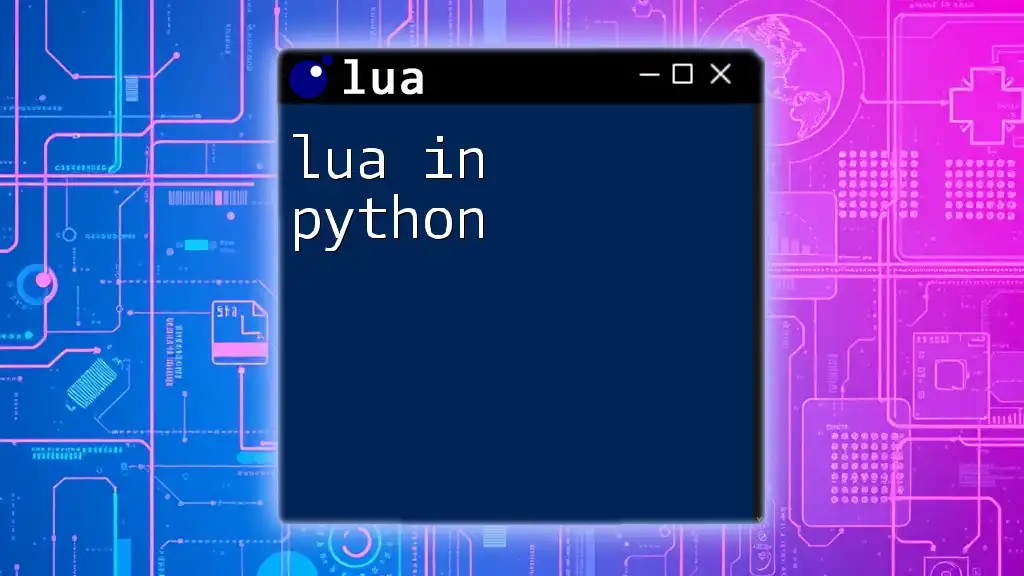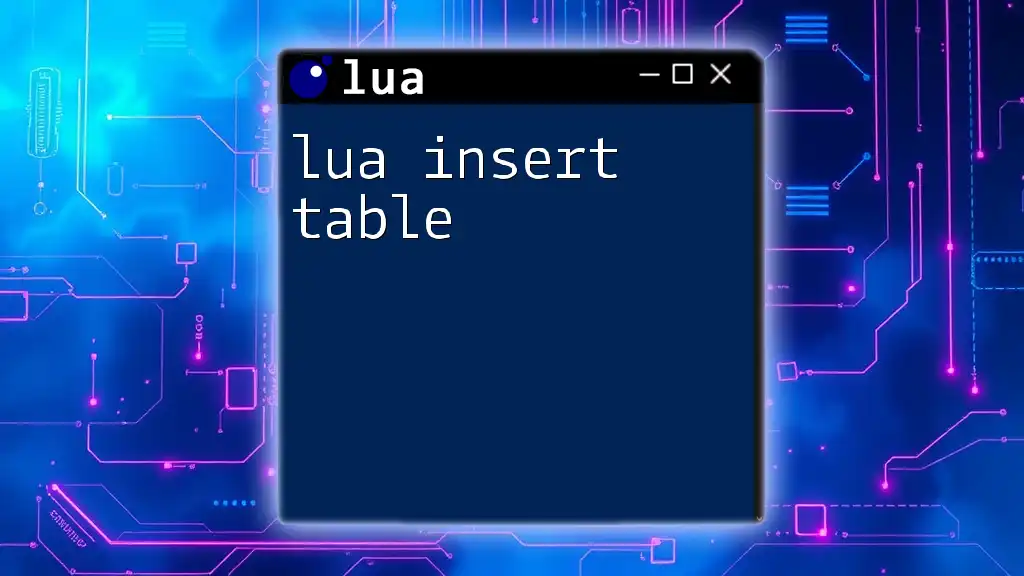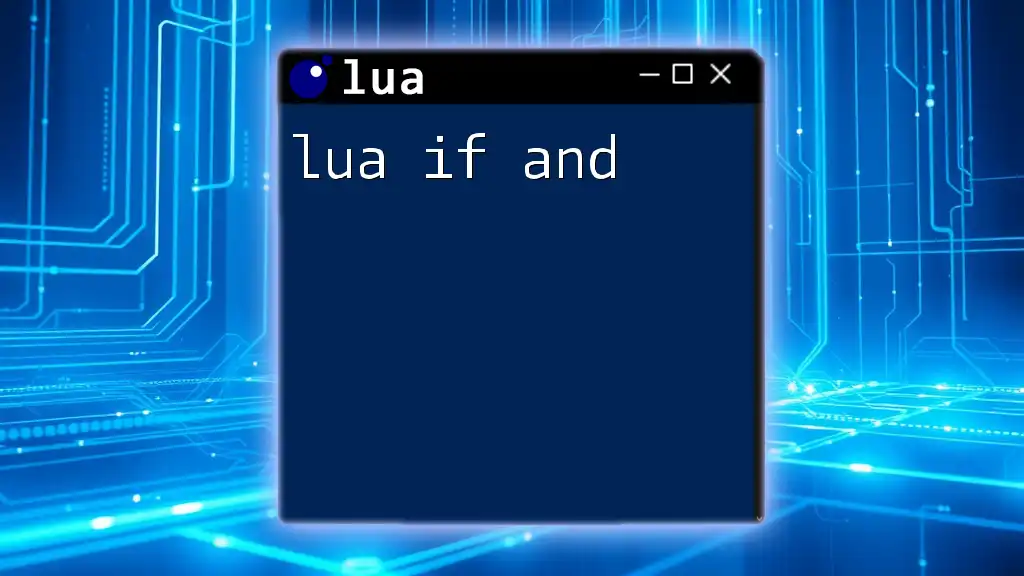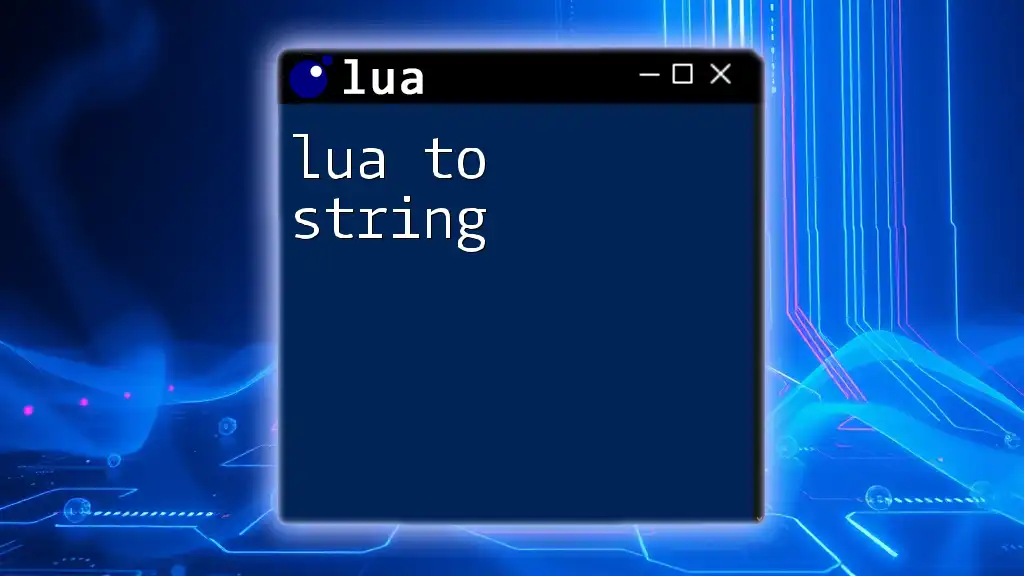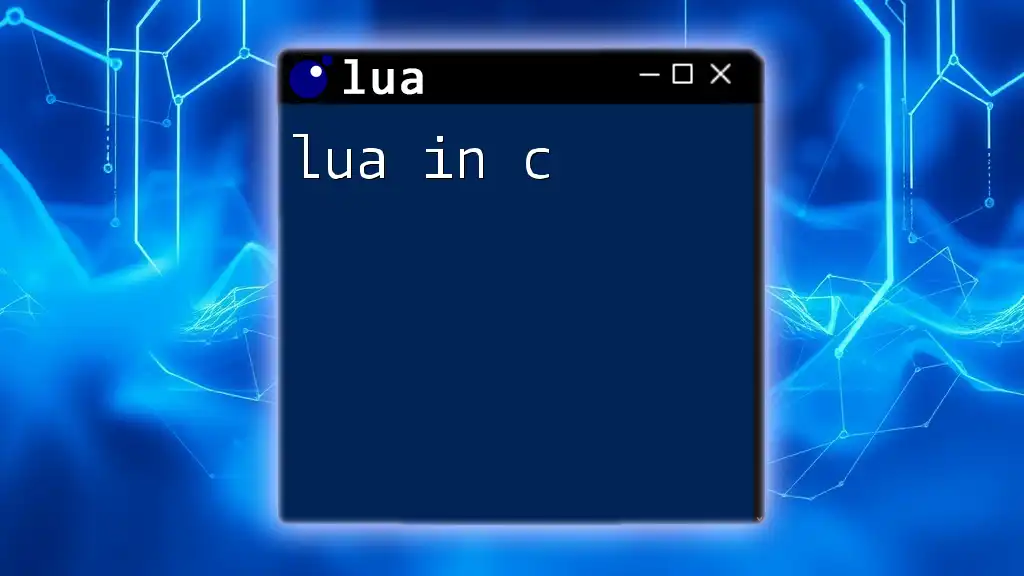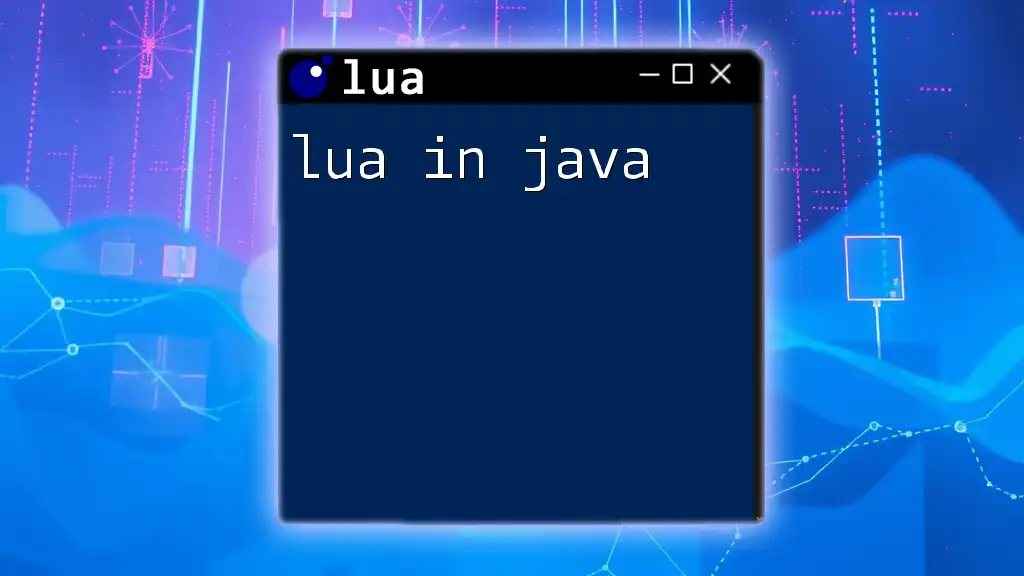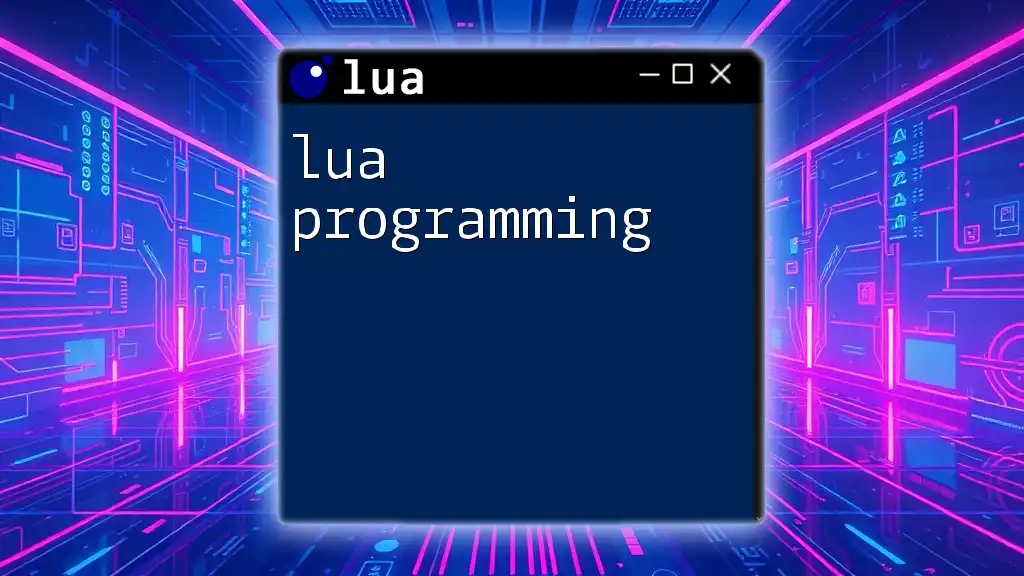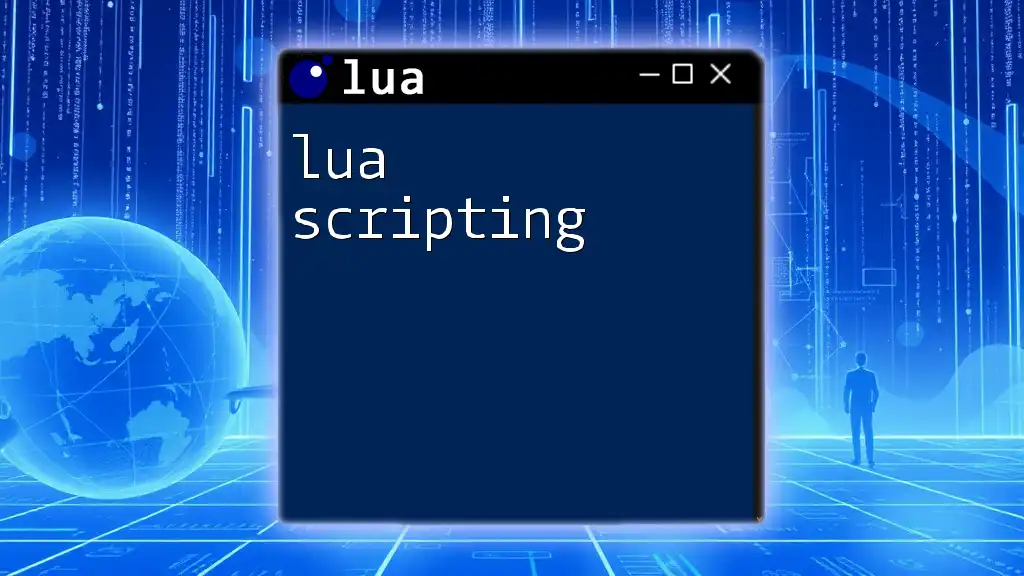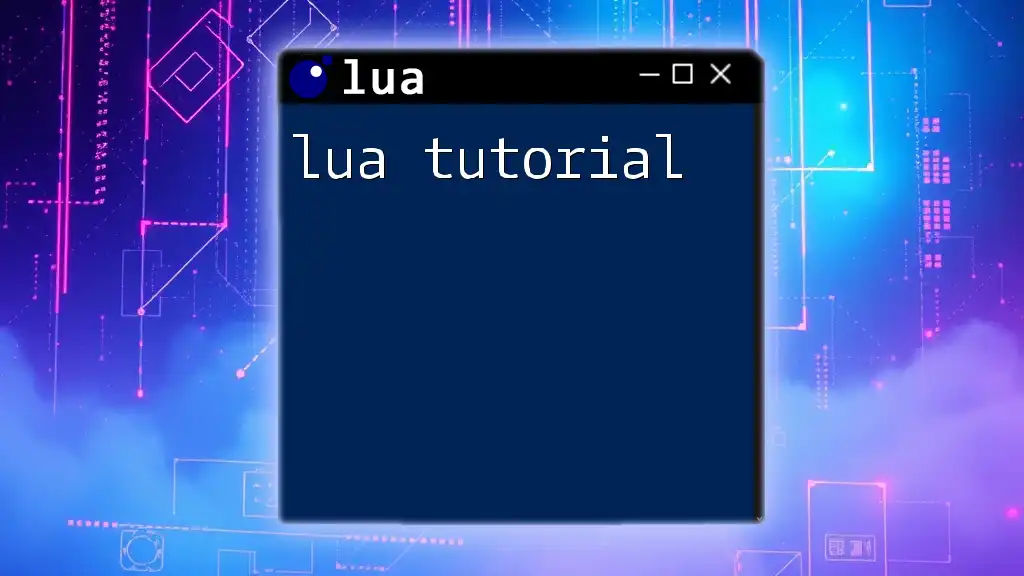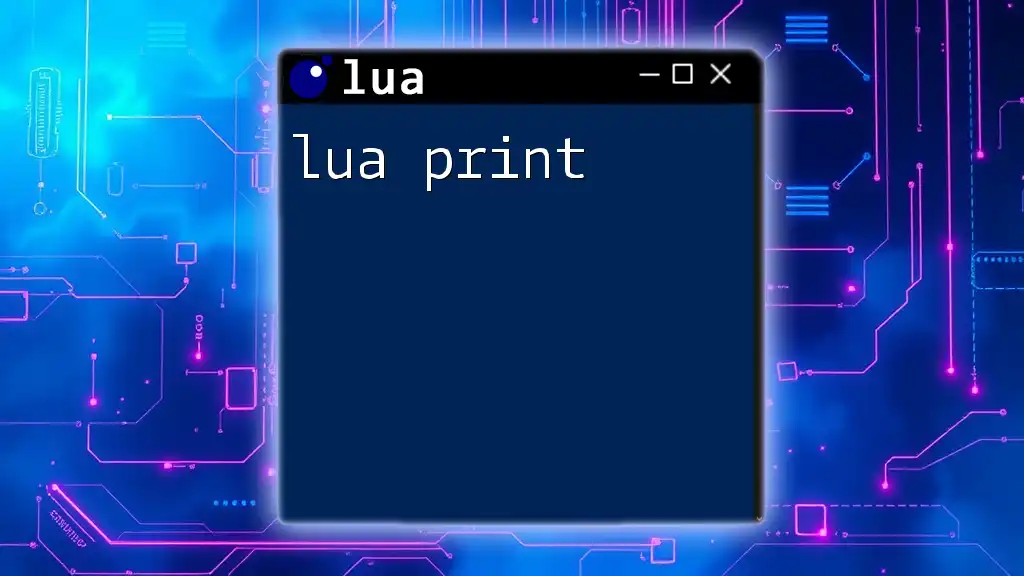You can integrate Lua scripting within Python using the `lupa` library, allowing for seamless execution of Lua commands from your Python code. Here's a quick example of how to run a simple Lua script that prints "Hello from Lua!":
from lupa import LuaRuntime
lua = LuaRuntime()
lua.execute('print("Hello from Lua!")')
In this example, we first import the `LuaRuntime` class from the `lupa` library, create an instance of it, and then execute a Lua command using the `execute()` method.
Understanding Lua and Python
What is Lua?
Lua is a lightweight and powerful scripting language that is designed for embedding into applications. Its design allows for flexibility and ease of integration, making it a popular choice for game development, web applications, and configuration scripts. Lua boasts a small footprint and minimalistic syntax, which enables developers to write code quickly and efficiently. As a versatile scripting language, Lua allows for rapid iteration and testing, making it an excellent addition to any developer's toolkit.
What is Python?
Python, known for its readability and simplicity, is a high-level programming language that has gained immense popularity across various industries. It supports multiple programming paradigms, including procedural, object-oriented, and functional programming. This versatility has made Python the language of choice for web development, data analysis, machine learning, automation, and more. Its extensive libraries and frameworks further enhance its capability, allowing developers to complete complex tasks with minimal code.
Why Combine Lua with Python?
Integrating Lua in Python can offer several advantages.
- Performance: Lua is lightweight and quick to execute, which can lead to significant performance gains when scripting repetitive tasks.
- Extendability: Combining the features of both programming languages allows for creating applications that benefit from the strengths of each.
- Flexibility: Lua can be used for rapid prototyping, as its syntax is simple and allows for quick adjustments to scripts.
A practical example of this integration is found in game development. Popular gaming engines often use Lua for scripting game logic while leveraging Python for higher-level functionality or tooling.
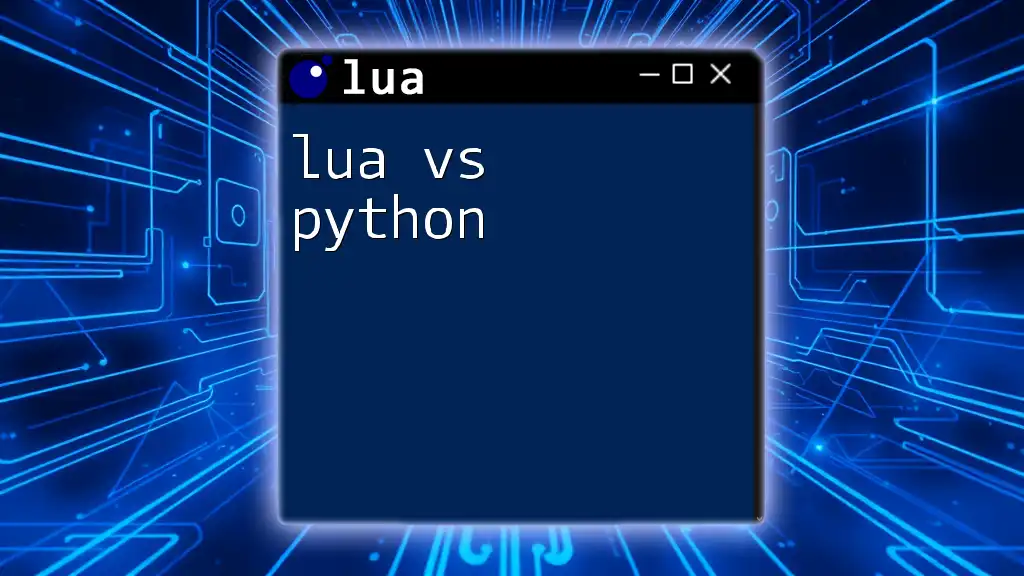
Tools and Libraries for Lua-Python Integration
LuaJIT
LuaJIT is a Just-In-Time Compiler that enhances the execution speed of Lua scripts while maintaining compatibility with the standard Lua language. It is particularly useful for performance-critical applications. To get started with LuaJIT, you'll need to install it according to your operating system’s instructions.
Lupa: The Lua and Python Bridge
Lupa is a powerful LuaJIT-based bridge that enables seamless interaction between Lua and Python. It is designed to allow Python developers to leverage Lua easily.
To get started with Lupa, install it using pip:
pip install lupa
With Lupa installed, you can run Lua code within Python. Here’s a basic example of using Lupa:
from lupa import LuaRuntime
lua = LuaRuntime(unpack_returned_tuples=True)
lua.execute('print("Hello from Lua")')
Other Alternatives
While Lupa is a great choice, there are other libraries you may encounter, such as lunatic-python. Each integration method has its pros and cons, so consider your project's requirements when choosing a library.
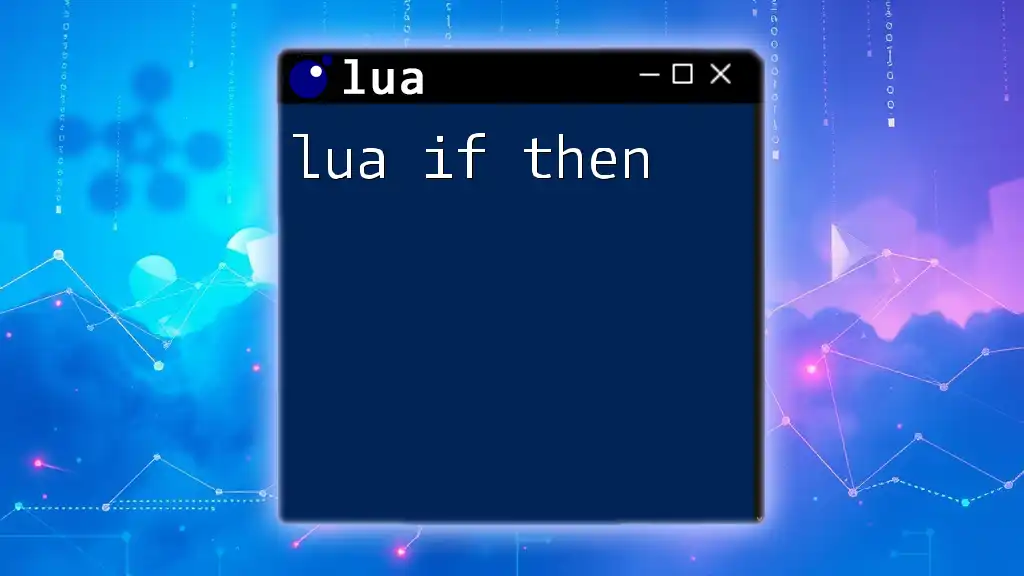
Setting Up Your Development Environment
Prerequisites
To effectively integrate Lua in Python, you'll need to have both languages installed. Ensure you have the latest versions of Python and Lua. Verify the installations in your terminal using the following commands:
python --version
lua -v
Writing Your First Lua Script
Before integrating Lua with Python, it’s helpful to get familiar with writing simple Lua scripts. Start with a straightforward script that calculates the sum of two numbers:
function sum(a, b)
return a + b
end
You can save this code in a file named `sum.lua` and use it later for integration with Python.
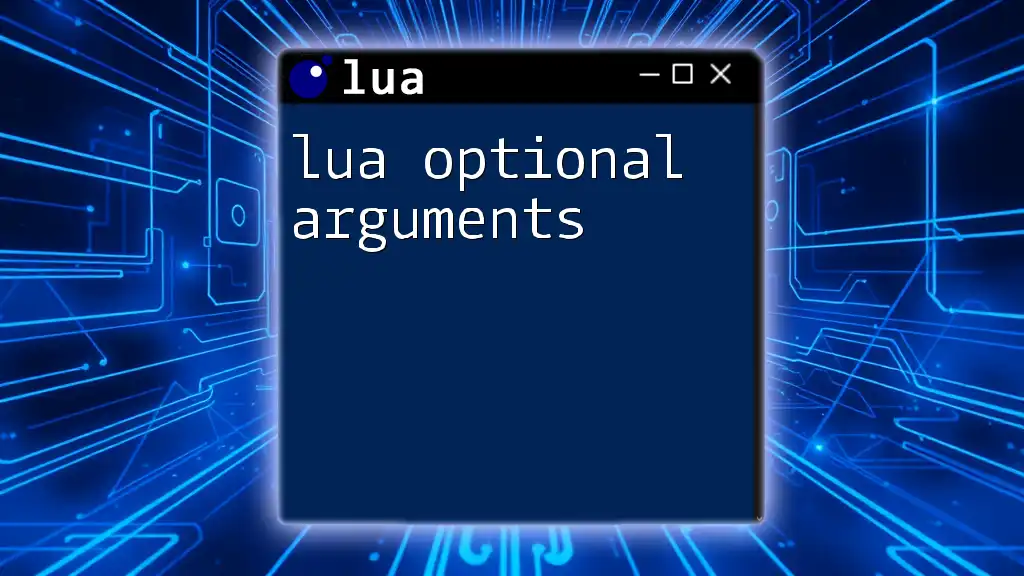
Integrating Lua Scripts in Python
Loading Lua Scripts Using Lupa
Once you have your Lua script ready, you can easily load it in Python using Lupa. Here’s a step-by-step guide on how to do this:
- Initialize a Lua runtime environment.
- Load and execute the Lua script.
Here’s how to do this with the `sum.lua` script:
from lupa import LuaRuntime
lua = LuaRuntime()
lua.execute('function sum(a, b) return a + b end') # Load the Lua function
lua_sum = lua.globals().sum # Reference the function from Lua
result = lua_sum(10, 20) # Call the function
print(result) # Outputs: 30
Passing Data Between Python and Lua
One exciting feature of integrating Lua in Python is the ability to pass data back and forth between the two languages. Lua tables can represent complex data structures, similar to Python dictionaries or lists.
For instance, you can pass a list from Python to a Lua table with the following code:
lua_table = lua.table({'one', 'two', 'three'})
lua.execute('for k, v in pairs(arg[1]) do print(k, v) end', lua_table)
Error Handling in Lua from Python
Dealing with errors is crucial in programming. When working with Lua scripts in Python, it's essential to implement error handling appropriately. You can catch exceptions raised by Lua code using Python’s try-except blocks.
Here’s an example:
try:
lua.execute('error("This is a Lua error!")')
except Exception as e:
print(f"Caught an error: {e}")

Best Practices for Lua-Python Integration
Structuring Your Code
When integrating Lua in Python, code organization is paramount. Maintain a modular design by separating Lua scripts from Python code. This approach increases readability and allows for better maintenance over time.
Debugging Techniques
Debugging can become challenging when dealing with two languages. Use dedicated debugging tools for both Python and Lua. In addition, incorporate logging within your Lua scripts to provide context during execution.
Performance Optimization
To optimize performance in your Lua scripts, focus on minimizing global variable usage and leveraging Lua's native functions. You can also profile performance using built-in Lua tools to identify bottlenecks.
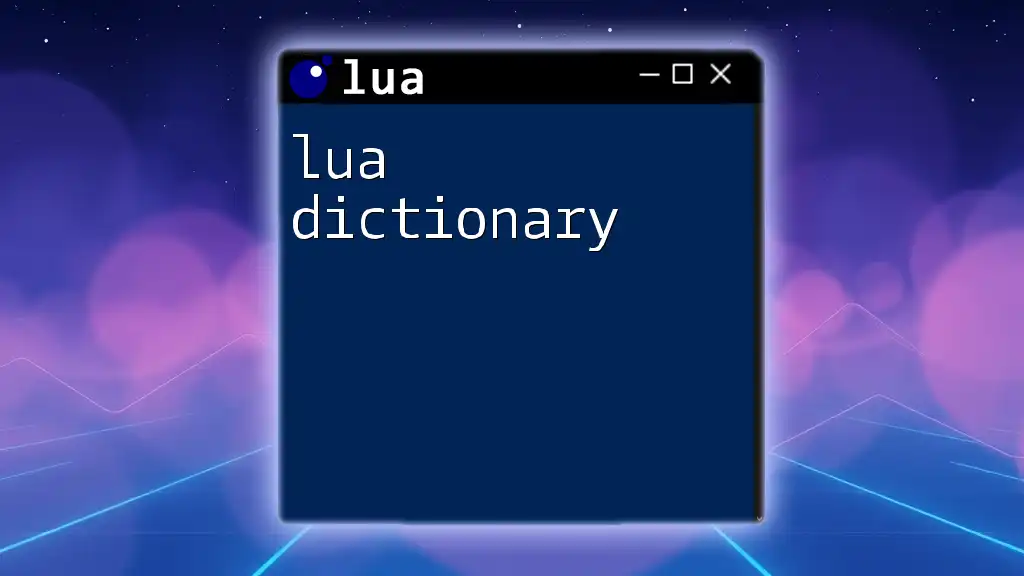
Real-World Applications of Lua in Python
Case Study: Game Development
Many game engines utilize Lua for runtime scripting. By embedding Lua into a Python engine, developers gain the efficiency of Python for game mechanics while scripting flexibility with Lua.
Case Study: Data Processing
Companies processing large datasets can benefit from Lua's speed. By leveraging Lua scripts for computational tasks, Python can be used to manage data flow and higher-level functions, resulting in a powerful combination of efficiency and ease of use.
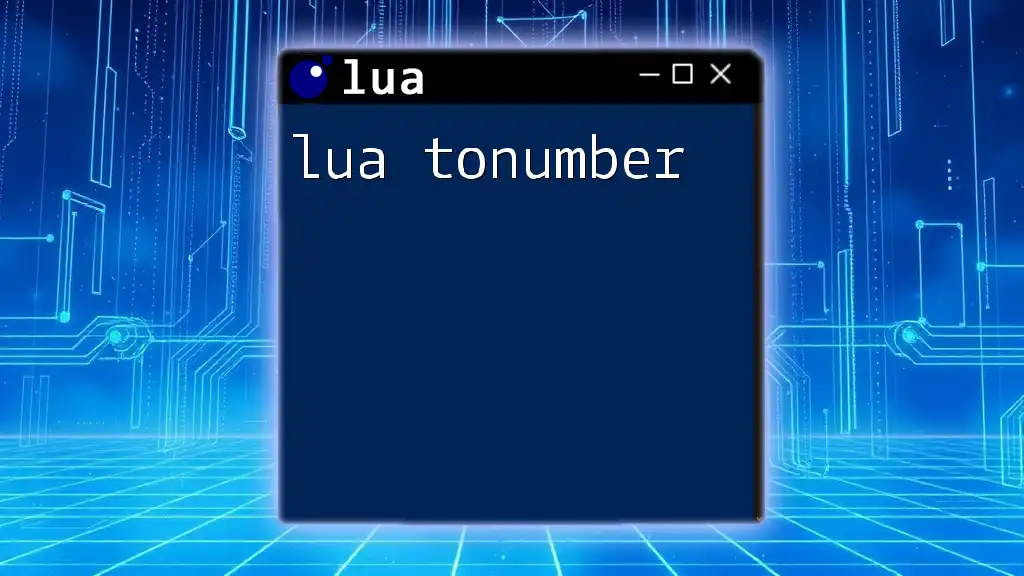
Conclusion
Integrating Lua in Python offers a wealth of benefits, from enhanced performance to the ability to harness the strengths of both languages. The flexibility provided by this combination allows developers to tackle various challenges efficiently. As you experiment with the examples in this guide, you'll discover the exciting possibilities that lie ahead—it's time to delve deeper and explore the full potential of Lua and Python integration!
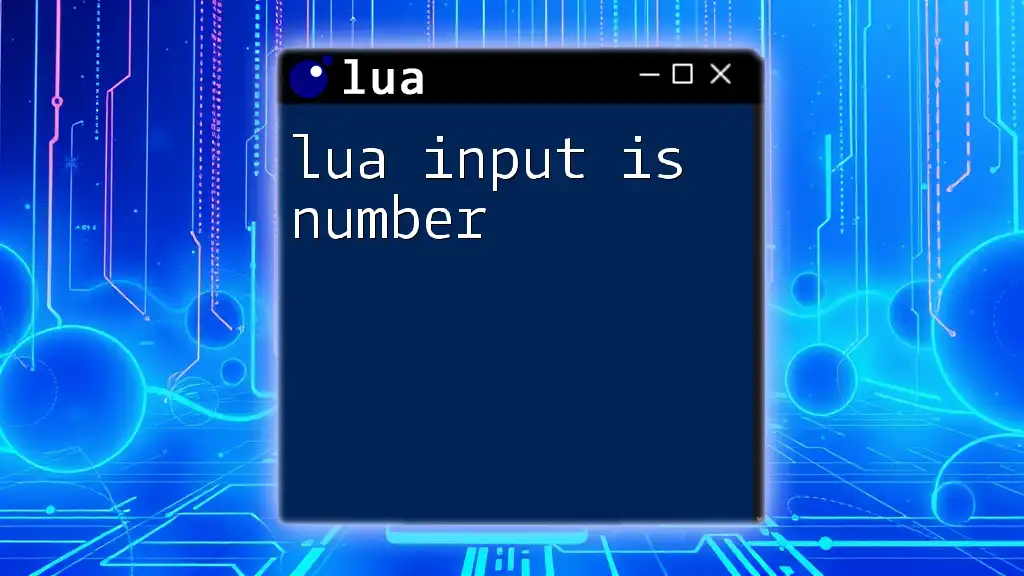
Additional Resources
For further exploration, refer to the official documentation for both Lua and Python. Joining online communities or forums can also enhance your understanding and provide networking opportunities. Additionally, consider seeking out books and courses tailored to mastering both Lua and Python, guiding you on your path to becoming proficient in both languages.

